Rolando was already waiting for us as we exited our cabin at 6:00 am in the morning. He is one of two brothers, both birding guides, that accompany guests at DD on birding trips on the lake. It being December, there was a slight chill in the air at this early hour and we bundled up under a couple of layers. On our way to the canal that leads to Lake Yojoa, we stopped at Rolando's house for a quick cup of coffee and picked up a pair of oars. Rolando then led us to the canoe moored, all along the way expertly picking out bird calls.
While Costa Rica hogs the limelight as the premier birding destination in Central America, Honduras which has the largest percentage of land under forest cover is perhaps Central America's best kept secret. With it's geography that encompasses tropical rain-forest, cloud forest, savanna, mangroves and coastal lagoons, this rather compact country is home to over 725 species! And Lake Yojoa located in the transition zone between Valle de Sula and the central highlands together with the surrounding tropical forests is one of the country's top 5 birding hotspots boasting of a birdlist of over 375 species.
As we set off over the placid waters, the air was filled with all manner of whistles, cackles, clucks and coos. The giant Ceiba trees that lined the shoreline were alive with birds doing their morning thing and the shrubby growth closer to the water provided camouflage to 12 species of heron including the Great Blue heron, the Little Blue, the Blue Green heron, the Yellow-crowned Night heron and the secretive Tiger heron. Ringed Kingfishers perched on overhanging branches while they looked for fish to spear. Oropendula, both the Chestnut-backed and Montezuma variety kept us amused with their characteristic gurgling calls.
A group of chatty Aracari Toucans called attention to themselves in the high canopy and not long after their more brightly colored cousin, a Keel-billed Toucan was spotted that elicited much excitement. A variety of Flycatchers and Tanagers had us flipping pages of the bird-book while we tried to match the color patterns of the real McCoy with the images in the book.
The next few hours were spent diligently following through every disturbance in the foliage, with Rolando either identifying every new species we encountered or confirming when we dared to make an ID of a repeat sighting. While he spoke close to no English and our Spanish was limited to questions that a tourist needs to ask, we still managed to keep a decent exchange going about the habits and behavior of the birds around the lake.
Rolando turned out to be a consummate birder though he modestly claimed that he was still constantly learning. He had spent a few years accompanying a renowned local expert, Malcolm Glasgow, on birding trips on the lake and Malcolm's passion for birding had inspired Rolando to join his footsteps.
As we approached the edge of the canal Rolando spotted a brightly colored Purple Gallinule playing hide-and-seek among the tall marsh grass. As we balanced ourselves standing to get a better view, Ronaldo spotted what appeared to be a bird snagged in a nearby fence trying to free itself in vain. He deftly manovered the canoe through the tall grass towards the distressed bird. As we got nearer, we identified it as a Northern Jacana, a pretty little brown bird with a bright yellow wart above its bill. Rolando got off the canoe, and slogging through the slush he got to the bird. Untangling the bird took some careful work and when the bird was finally free it took wing and gently descended on a nearby patch. We proclaimed Rolando 'El Salvador' and hoped that the bird would make a full recovery from the injury it had sustained.
Videos: Spotting the trapped Jacana Jacana rescue 1 Jacana rescue 2
When we reached the main body of the lake, we were completely taken in by its mountainous setting. The forested slopes of Santa Barbara and Cerro Azul/Meamber (both National Parks) formed a beautiful backdrop. Even as we were admiring the scenery, the distinctive call of 3 Laughing Falcons sought to bring our attention back to the birds. An Osprey was spotted on a distant branch and also held our interest. We pulled up closer to some limestone hillside to examine resident bats.
While we were not actively tracking time, the increasing warmth on our backs clearly meant it was mid-morning and time to turn around. We continued to look for birds as the canoe back-tracked along the canal.
Video Playlist: Lago Yajoa Birding
Photo Album
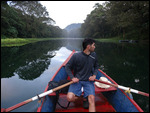

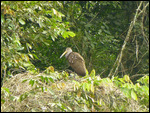

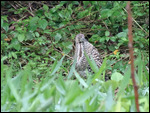
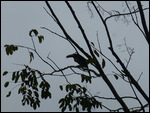

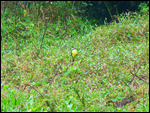
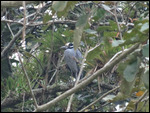
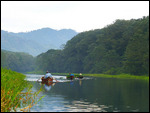
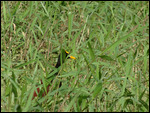
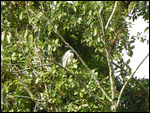





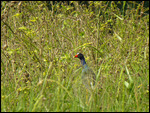



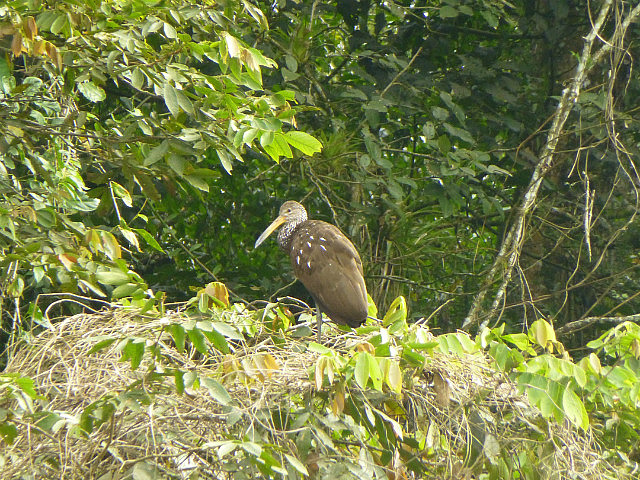
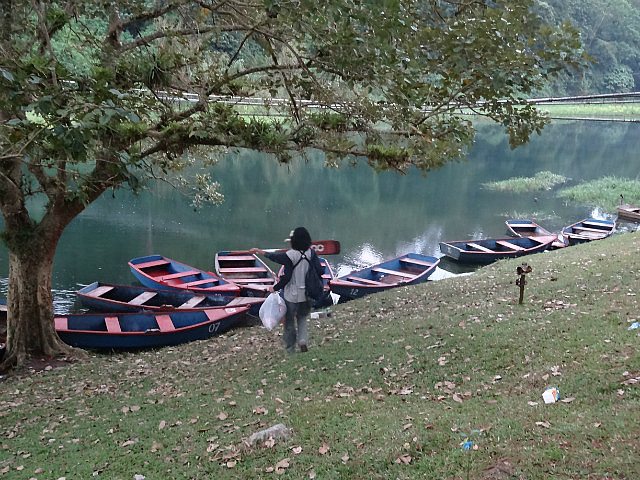
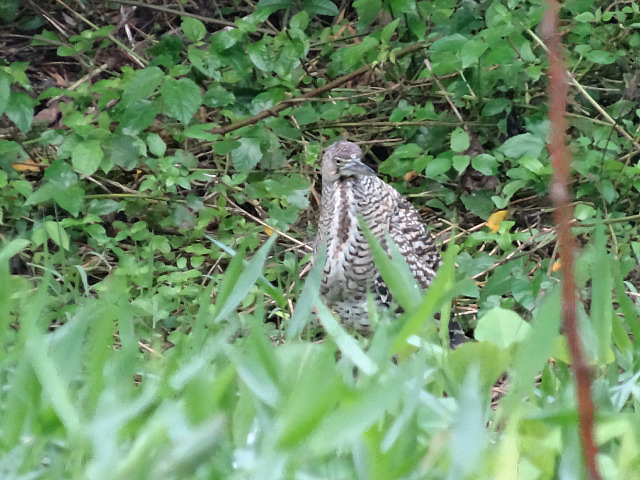
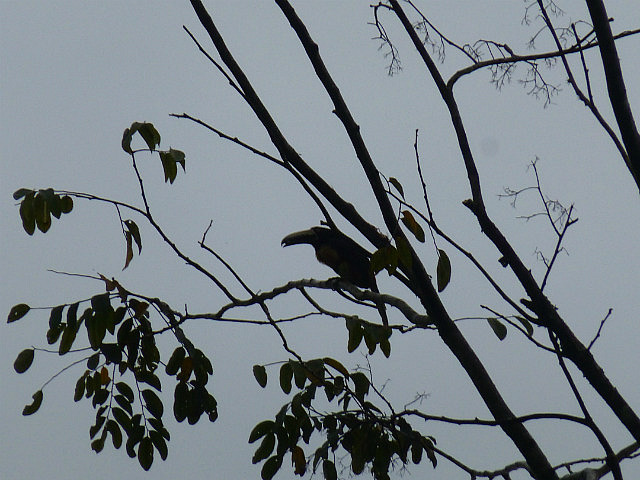

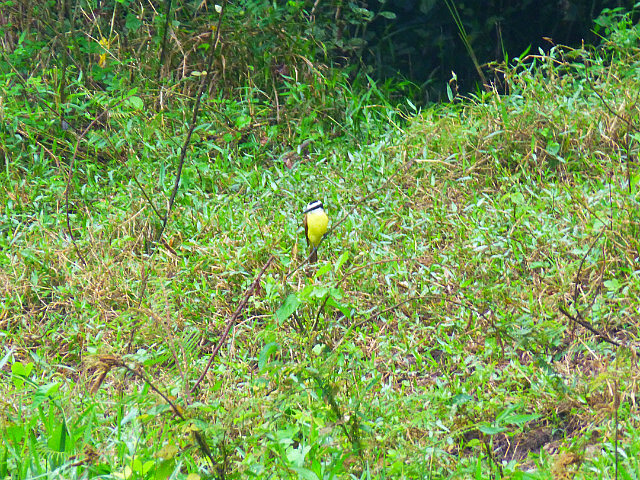

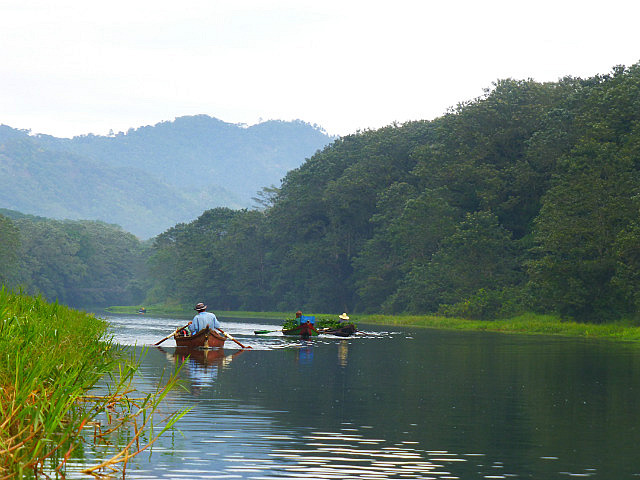
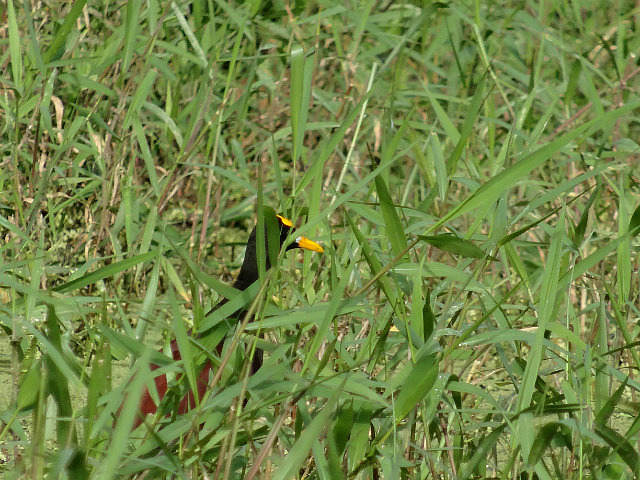
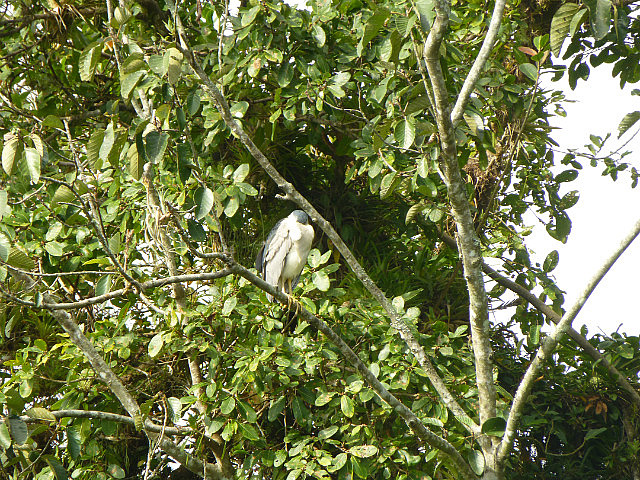
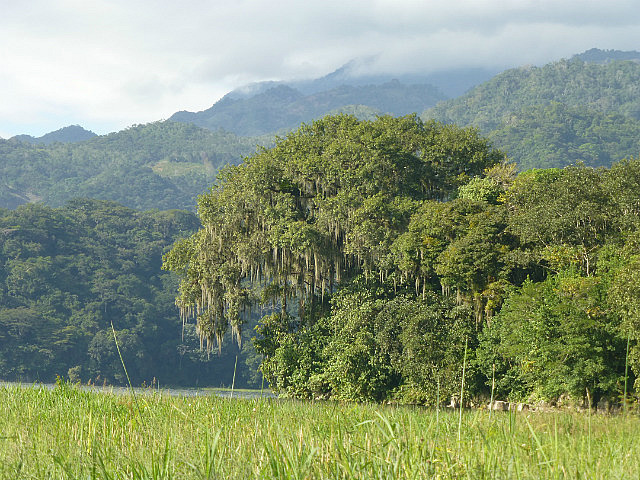

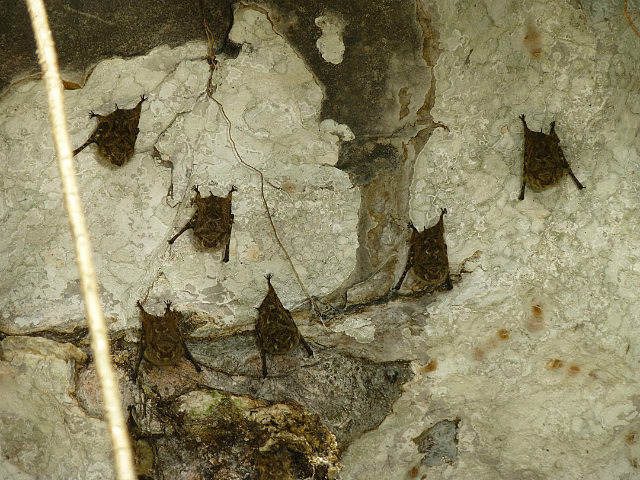
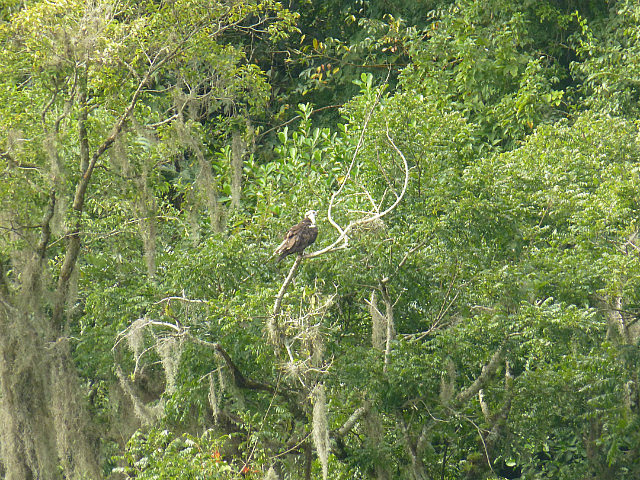
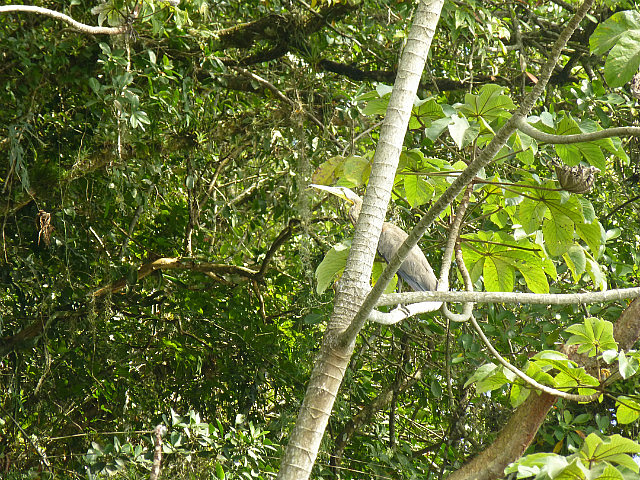

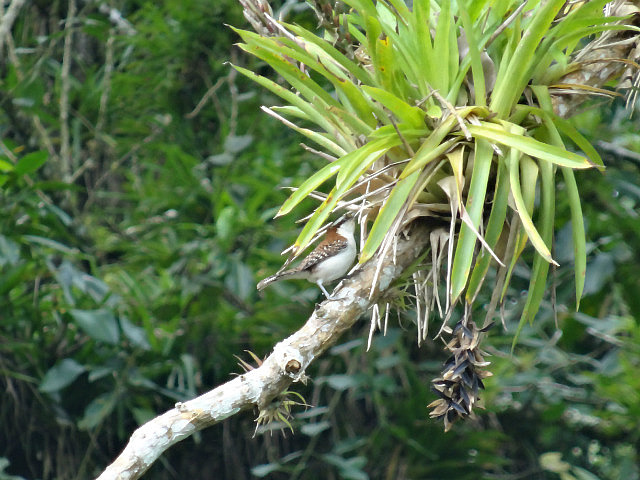
Comments